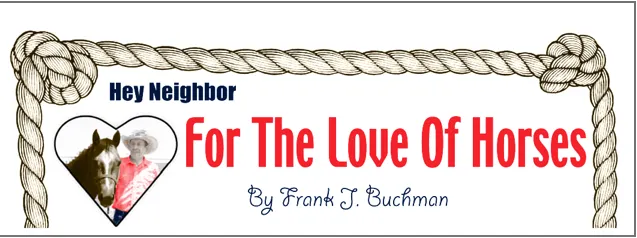In the early 1940’s the state of Kansas began purchasing land north of Great Bend, KS for what would become the largest inland wetlands system in the continental United States, known as Cheyenne Bottoms. Today “The Bottoms” wildlife area totals nearly 20,000 acres and covers 31 square miles, providing shallow wetlands and grass that are ideal and necessary habitat for hundreds of thousands of migratory birds as they rest and feed. This in turn attracts more than 60,000 nature enthusiasts and hunters annually, adding an estimated 2.8 million to our state economy.
Now, don’t let the title of this piece trouble you, I’m not trying to get you to scrap your new year’s dieting plan. The last major renovations to Cheyenne Bottoms were in the mid 1990’s and Ducks Unlimited has partnered with the Kansas Dept of Wildlife, Parks and Tourism (KDWPT) on a major 3-year plan to renovate infrastructure and other components of Cheyenne Bottoms. Money will come from a KDWPT grant through the Pittman-Robertson Act, whereby a percentage of the money from the purchase of state waterfowl stamps, hunting licenses, guns, ammunition and certain archery equipment is given back to the states based on the size of the state and the number of hunting licenses sold in that state. Ducks Unlimited will add to that grant money with proceeds from a special fund-raising campaign called “Bring back the Bottoms.” I spoke with Jason Wagner, KDWPT wildlife manager at Cheyenne Bottoms and with Josh Williams, a Regional Director for Kansas Ducks Unlimited about the project, and here is the scoop.
Accumulating silt has become a major problem at Cheyenne Bottoms, plugging up drainage ditches and gates, filling pools and allowing cattails to grow rampant, so silt removal will be a major part of the renovations.
Managing water levels is of utmost importance to a wetlands system, and Cheyenne Bottoms contains a vast number of individual pools and an intricate system of pipes and pumps, both electric and propane powered that allows water to be moved from one pool to another if needed. There are also storage ponds where water can be stored to be returned to the pools during dry times. Several of those pumps and lots of the piping will be replaced and two new high capacity propane powered pumps will be added.
Additional renovations will be:
- Replacing and repairing steel gates that open and close in drainage canals, allowing water to flow from one pool to another
- Restoring numerous “blind islands,” structures with hunting blinds on them placed in pools
- Improving access to pools and wildlife areas by restoring existing foot bridges and adding new ones that allow the public to cross drainage ditches
- Adding several more campsites to the existing primitive campground
- Adding rip-rap rock to eroding dikes
- Building a new office building for Cheyenne Bottoms staff
Jason Wagner stressed that some of the work will be done behind the scenes and won’t be immediately apparent to visitors. Silt removal has already begun and a new machine called a “Marsh Master” that Wagner described as sort of a floating skid -steer has already been purchased to help with tasks that can better be accomplished from the water.
It pleases me that through the Pittman-Robertson Act we sportsmen get back a portion of the money we spend each year to use for projects like this, and it bodes well for both our sport of hunting and for conservation that there are groups like Ducks Unlimited and jewels like Cheyenne Bottoms in our state. So, thanks to everyone helping to “Bring back the Bottoms” … continue to Explore Kansas outdoors.
Steve can be contacted by email at [email protected].



